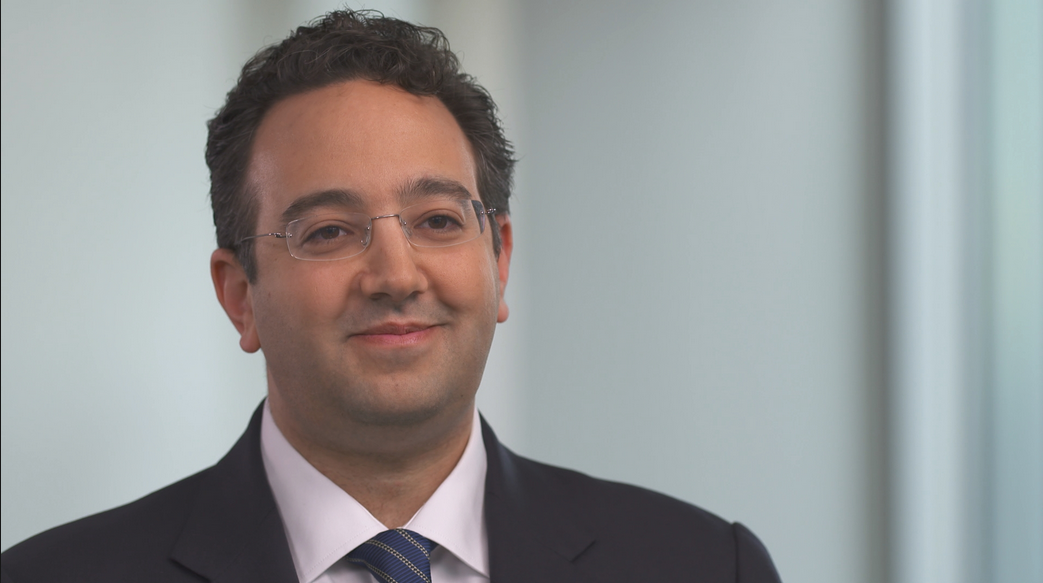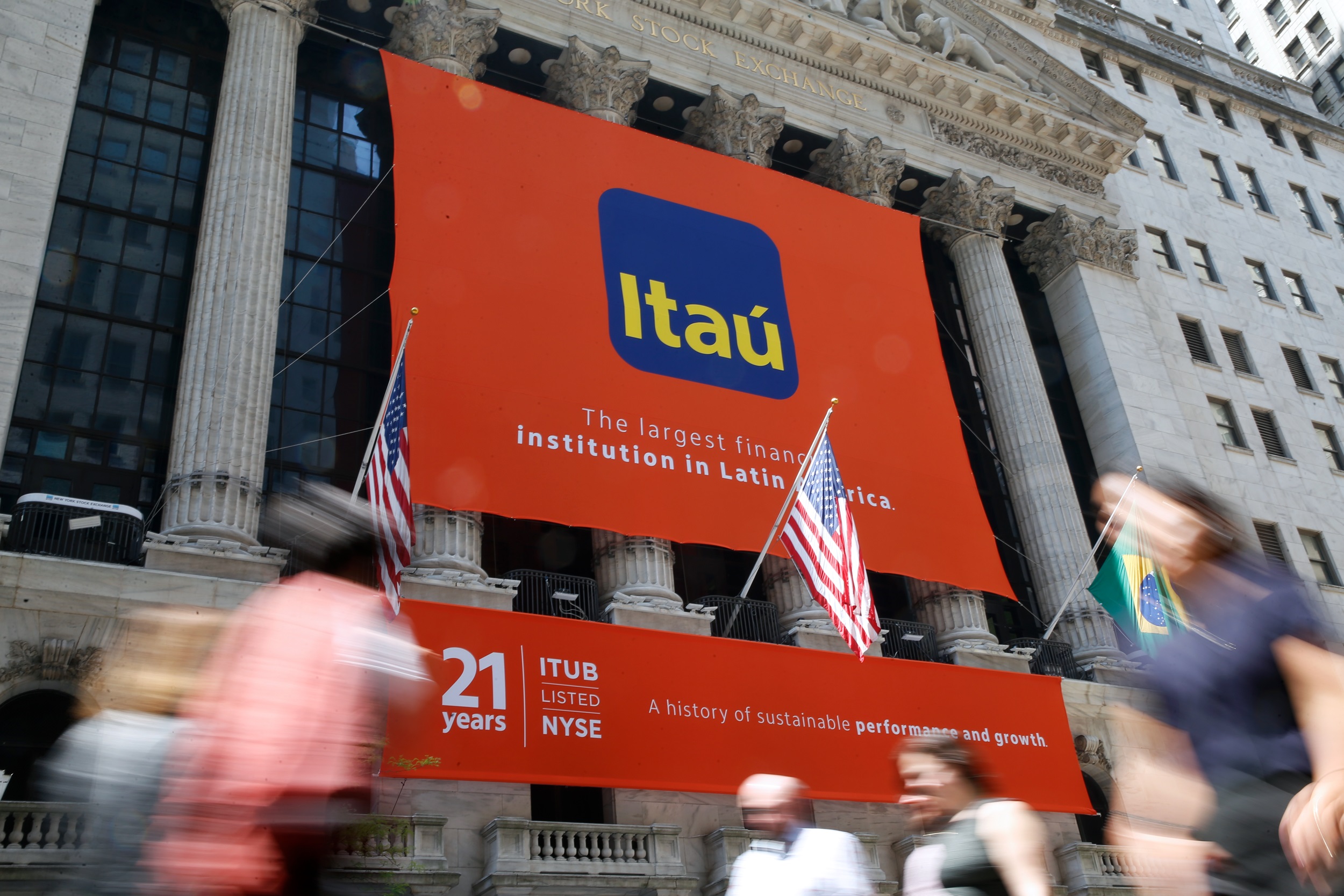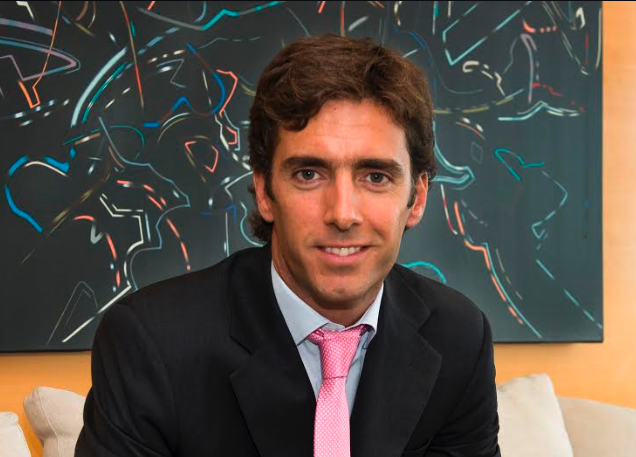TIAA Investments’ Emerging Market Debt strategy, which has a track record of more than ten years, launched in October 2015 an UCITS fund with an Irish domicile. The fund, which is about to reach the three-year milestone, has a solid track record versus the benchmark and against its peers on absolute and on risk-adjusted return basis and around 36 million dollars in assets under management-although its team manages around 13 billion at the strategy’s level.
Anupam Damani, managing director and portfolio manager, works together with Katherine Renfrew and a team of 14 analysts in managing the TIAA Investments’ Emerging Market Debt strategy, which she defines as a blended strategy with a hard currency bias. Its benchmark, the JP Morgan Emerging Markets Bond Index Global Diversified is a hard currency sovereign index benchmark and it anchors how much local market risk they want to take in the portfolio. They tactically add exposure to local markets, an allocation that may range from a 0% to 30%.
“Our typical allocation to local markets is between the 10% to 15% area. We have been building that allocation in the last few years because we have been very positive on Emerging Market’s local markets, both on the rates space, because the real rates are quite high in the end local markets, but also in Emerging Markets foreign exchanges. In the earlier dollar rally of 2013-2014 and 2014-2015, we saw that, in an aggregated level, EM foreign exchanges had depreciated a bit. There are some exceptions to this rule and that may be Turkey and Argentina, both economies showing home-grown problems”, says Damani.
“The team has the breadth and the scope to be able to look through the hard currency sovereign and corporate bonds and local debt markets. The portfolio is a mix of all three segments of the asset class, and we nimbly allocate among of these few segments where we prudently see the most compelling opportunities are. In the sovereign segment, the team has an early advantage of following the frontier market economies, which are the newer emerging markets so to speak. We have been doing a lot of due diligence and research deep down diving to frontier market and idiosyncratic stories in the sovereign space”, she adds.
The team believes that diversification is key, even though they have high conviction ideas. They normally hold about 30 to 35 countries in the strategy while the index has 67 countries on it. They pick their bets and they are very focused on selection, but at the same time they believe in diversification because that is what works through economic cycles. They also have a special focus on risk and liquidity management. Any time they get into a position they make sure that they would be allowed to undo the position in times of stress, when the exit window is smaller.
Conviction ideas
According to Damani, the recent events that have taken place in Argentina had made its debt market begin to look attractive again. “We are waiting for some more signs as to what the IMF is going to demand from the government and to see the impact of the announcement on the polls for President Macri. The political and social stability will be an important cornerstone of how aggressive Macri’s government can be in acting with IMF demands, but we think that part of the adjustment has been done, and the responsiveness by the government despite the initial stumble was quick. It was a bold and necessary move by the government and we like that, but, we also are cautious. After watching for those signs, we may look to build into that position in both the local and the hard currency space”.
From April 27th to May 8th, the Central Bank of Argentina increased its interest rates by 12,75 percentage points, from 30,25% to 40%, to avoid a currency crisis. “The Argentinian government had a very gradualist approach to its adjustment program while markets were demanding a much faster pace given inflation and inflation expectations as well as fiscal and current account deficits remained high. On top of that the central bank decided to cut rates which wasn’t prudent. The fiscal and current account deficit were running high, the currency still looked overvalued on a real effective exchange rate basis and the inflation was still running well above its target. I believe the investors needed to see a stronger policy response by both the central bank and the fiscal authorities, and a commitment maybe on more medium term to the fiscal consolidation. A fiscal plan to adjust the currency letting it to get closer to fair value and a long term central bank commitment into eventually bringing down inflation. In the 1990s you would not see such a quick policy response to market transaction, but the policy makers are increasingly obeying to market conditions and what it may mean for the financial stability risk within the country. They not only tried to manage the currency by letting it depreciate, getting it closer to its fair value just using some of the reserves, they really hiked up rates too. The Finance Ministry came out and declared that they will stay on a financial consolidation path and President Macri announced he had asked the IMF for a credit line. We think it was really important, because it will anchor policy making going forward and it will also be a source of liquidity for the government,” she explains.
In the frontier market space, they like Ghana, a sub-Saharan economy rather diversified in its revenues sources: a third of its dollars and export revenues come from oil, a third from cocoa, and another third from gold. For the last year and a half, Ghana has a new government in place that is very private sector oriented and very focused on macroeconomic stabilization. Both the Finance Ministry and the Deputy Finance Ministry come from the private sector. Something that is very important as they want to privatize a larger part of the economy. “The central bank has been very focused on bringing down inflation and stability to the currency, therefore we like both the local bond market and the external debt in Ghana. The country has a very vibrant democracy, during the last two election cycles, the two parties that have been in place competed very aggressively. As a collateral damage of this competition, they have spent a lot of money right before the election to gain more weight. These large expenditures had haunted Ghana a few years back. They went through a crisis and enacted an IMF program. But now, this new government has elections coming up again in 2020. I believe they will be embedding some reforms, enacting a fiscal consolidation program and a macroeconomic stabilization program. We think this is going to be a better government in place and that they will not make the same mistake that the previous government did, but again, time will tell.”
Oil prices stabilizing
Damani likes to say that Emerging Markets are not a monolithic asset class. There is a huge diversity of countries and credits, some are oil exporters, and some are oil importers, therefore, oil can be a double-edged sword. “The exporting countries and the credits that are linked to the commodity will be benefited from the cycle. A lot of these companies and countries have adjusted their fiscal balances to a lower oil price and now they are going to see an increased windfall. We are hoping that countries use this windfall again as buffers for bad times, which in many EM economies is something commonly seen. We are hoping that policy makers have learnt and have created those local buffers. But for the oil importers, the increase in oil price is only a challenge because it negatively affects into their current account deficits. And then, just generally, oil price can directly affect inflation. In most emerging economies, inflation is not as much of a problem. In an aggregate level, inflation has continued to come down in the end, so there is some buffer here. But there are clear exceptions, and Turkey is one of them. As an oil importer, Turkey has not managed inflation correctly and it is very exposed to external financing. It draws a large current account deficit and it never benefited when oil prices went down because it did not enact the measures that were needed in place, and now is suffering. Argentina and Turkey can be contrasted in terms of their policy response. The markets are still looking for a response from the Turkish Central Bank, which according to the perception of the market, lacks the independence to be able to hike policy rates that could allow the currency to stabilize and to eventually bring inflation down. Turkey is going into an electoral cycle in June, even with a consistent deterioration happening, they have always managed their fiscal policy somewhat better. But, we have started to see signs that the fiscal stances are also deteriorating. Going forward, that gives us a bit more caution on the taking”.
Elections in Mexico
This year, Brazil and Mexico, the two biggest economies in Latin America will have presidential elections, and TIAA Investments’ Emerging Market Debt team will be very focused on them. These elections will determine what will happen with the reform path for these economies. “Currently Lopez Obrador (Andres Manuel Lopez Obrador, also known as AMLO), who is the left-wing candidate, is in the front running seat, but his disapproval is still rather high and there are still many undecided voters. Given that the election only has one round and not two, it can go both ways. The positive of only having a single round is that the third candidate which is the current party’s candidate, Meade, will be disregarded. At some point these voters are going to have to decide between Anaya and Lopez Obrador. They will have to decide where do they want to cast their votes, and most likely in terms of policy making, the rule should be expected to go to Anaya. AMLO has been doing a good job courting the investors and suggesting that nothing too dramatic will happen, but we do remain cautious because he has pledged to review energy contracts awarded since the energy reform was implemented by the current administration and has proposed to discard the Mexico City airport project, although the project is far along in the process. But, going back to the institutional framework of Mexico, it is fairly robust. Banxico is one of the most orthodox central banks, and we think they would be able to manage the situation well. The institutional framework will get tested if AMLO comes to power, but he is not going to be able to do a lot of the things he is talking about, he could be restrained both by the institutional framework and the markets. Investors may expect volatility going into the elections, but also the peso, the M-bono and the local curve is pricing in a risk premium for an AMLO victory, because the base case for everyone is currently that AMLO is going to win. The hard currency and the sovereign debt is not placing in any risk premium for the AMLO victory, and that is maybe where we may see more volatility. The peso is going to be affected, as currencies react the fastest, we should see more volatility here also, but I would not be surprised if that time is thought as a buying opportunity by most investors given how high the nominal and real rates are in Mexico. Some of the Mexican corporates, including Pemex, trade at decent risk premium over the Mexican curve.”
The contagion effect in Emerging Markets
The Emerging Markets asset class has matured over time. In the 1990s the contagion effect used to be much wider spread. Now, the contagion is increasingly limited to the country or its neighboring trade partners. Again, Damani explains that the cases of Argentina and Turkey are more home-grown problems, where monetary and fiscal policy had to be addressed. “Is a wakeup call for some of Emerging Markets policy makers that were in the same situation. Liquidity is tightening in the markets and the dollar is strengthening, this is something to be aware of and mindful, policy markers need to stand to their reform agenda and need to build buffers to protect the economy from both endogenous and exogenous shocks. EM debt came in the crosshairs of this recent volatility, but I would say it has less to do with what is happening in Argentina and Turkey. Certainly, it creates a higher noise factor and creates a little bit of panic, where people start saying we are back to the Mexican peso or Russian rubble crisis, but we are not. EM debt markets have really evolved. There is an increase in volatility and there would be some damage done. When the tide washes out, credits with good fundamentals and sovereigns with a good macroeconomic stability will be a good opportunity for investors, with spreads that have widened by 70 to 80 basis points and currencies that weaken versus the dollar. Selection will be very important, the big beta trade that occurred in 2016 and 2017 is over, it is increasingly about picking the right credits,” she concludes.









